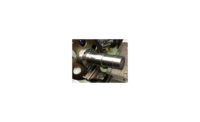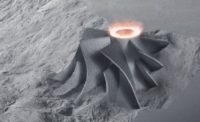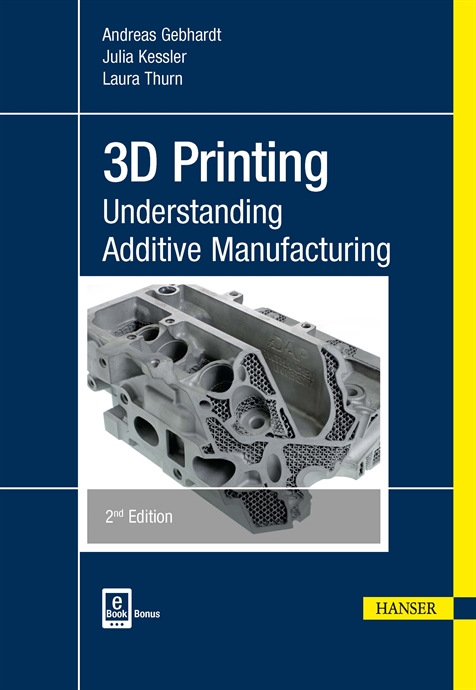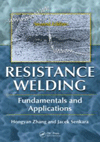WEST LAFAYETTE, IN—A team of Purdue University mechanical engineers has created the first comprehensive open-source annotated database of 3D mechanical parts to help researchers apply machine learning to those parts in actual machines.
“We are in the deep learning era, using computers to search for things visually,” says Karthik Ramani, Purdue’s Donald W. Feddersen Distinguished Professor of Mechanical Engineering. “But, no one is focusing on the parts that go into machines: pipes, bearings, motors, washers, nuts and bolts, etc. Those are the things that are important to us as engineers and manufacturers. We want to be able to point a camera at a real-world part, and have the computer tell us everything about that part or design.”
Ramani’s team experimented with visual search for parts in the early 2000s, but computing power and machine learning techniques were not yet sufficiently advanced. In the years since, researchers have learned that building a solid dataset is all about both quality and quantity.
“Deep learning is data hungry,” says Ramani. “It needs a lot of examples for the computer to learn what humans mean and how things relate to each other. That means we needed a lot of 3D models of parts which also required an underlying engineering classification.”
The team began by partnering with a French company called TraceParts, which gave Purdue researchers access to the company's database of 3D engineering parts. The team collaborated with the University of Texas, Austin assistant professor Qixing Huang to scour other databases for similar 3D models. They ended up compiling a database of 58,696 mechanical components. A video about the database is available on YouTube.
However, a database is no good without good data. Ramani’s team organized the parts by establishing a hierarchical taxonomy of 68 classes, based on the International Classification for Standards, a system of technical standards created and maintained by the International Organization for Standardization.
“Now when a computer sees a picture of a seal component, it will know that it fits in the category of dynamic seals and then, more specifically, under composite seals,” says Ramani.





